Flibustier Malle 17th Century Pirate Trunk 17th

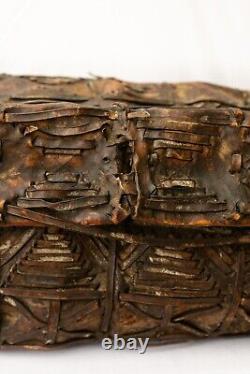

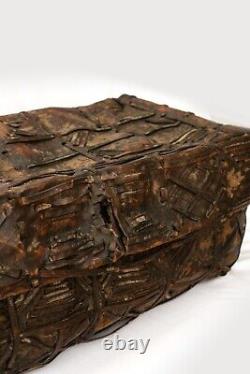





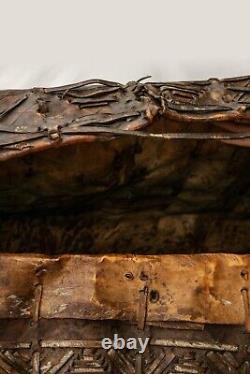
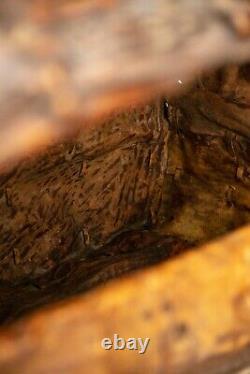
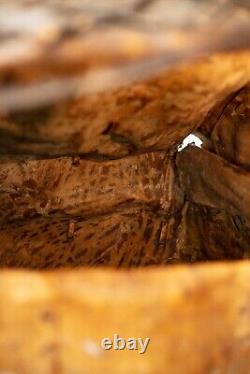




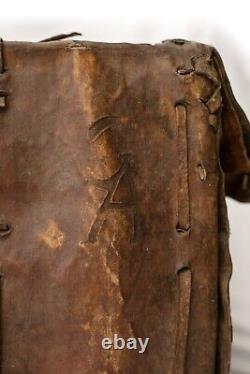
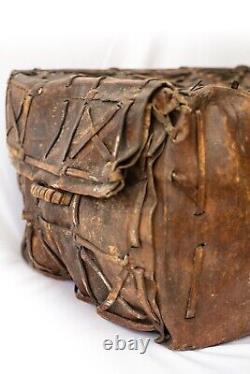



End of the 19th century. Leather strips on a frame composed of wooden slats. Closed by simple leather ties, its trims are made of stretched leather strips forming blades, crosses, stars and various combinations of the same geometric patterns. This technique seems to derive from Spanish-style bags, suitcases and binders, sewn on the base of smooth leather, cut-out figures or openworked leather strips with different ornamental patterns. To the iron on the back.
Similar example present at the Museum of the Dukes of Bretagne à Nantes. The only one known in Europe (with ours).
Seven similar trunks are preserved at the central banka del reserva del peru à lima. A trunk cut for adventure.
This extremely rare trunk was certainly made by a Spanish workshop of the vice-royalty of the peru. Of great strength, their leather trims adapt to the most perilous travels.
Today, the few known examples resurrect the memory of epic travels. These trunks are used by a Spanish elite to conquer the Andes, as well as by the French libustiers and scapegoats. With the development of antilla piracy, some sailors accepted in 1664 the authority of the king louis xiv. The equipment is then more luxurious and has to adapt to the dangers of the fliber at sea of the Caribbean. Halfway between the corsair and the pirate, the libustier leads a scabrous life.Most of the objects that accompanied him disappeared. The French public collections, however, retain a unique and exceptional trunk of the 17th century, known as "boucanier". This copy similar to our trunk is kept at the castle of the Dukes of Bretagne to Nantes. This item is in the category "art, antiques\ objects of xixe and before". The seller is "wulfilaantiquites" and is located in this country: fr.
This item can be shipped to the following country: whole world.
-
Authenticity: original
- type: popular art object
- origin: americas
- subtype: chest Material: leather Style: louis xiv, baroque


